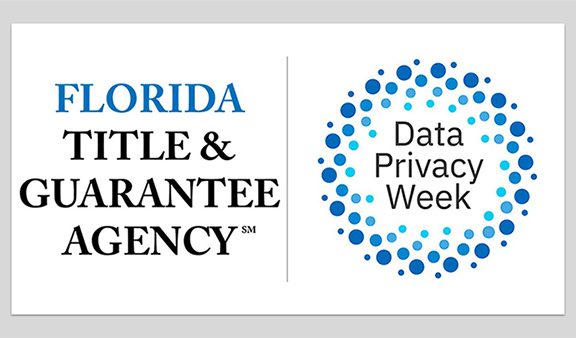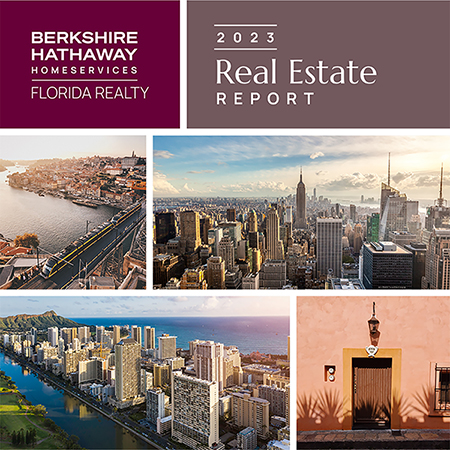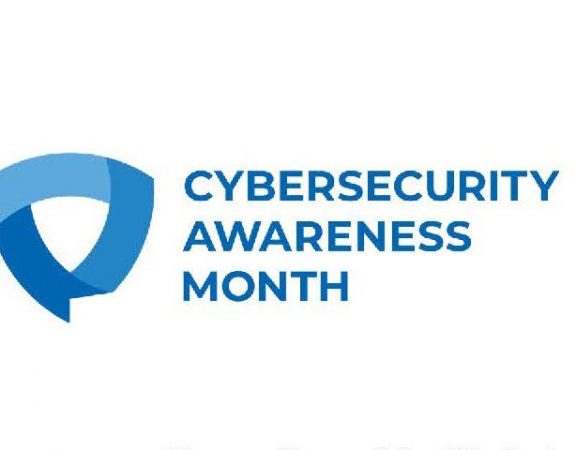A new energy code update could affect residents wanting insulated hurricane impact windows. This year, the Florida Building Commission (FBC) approved a new requirement that would call for all windows labeled as insulated impact glass be made more energy efficient by at least 10 percent. Although this may actually seem like a good idea for home owners of Coral Gables luxury homes and other such properties, critics say it may be a costly one.
Hurricane Andrew’s Impact
Impact resistant windows became a staple in the home building industry following Category 5 Hurricane Andrew, which directly hit Homestead, Florida, in August 1992.
Hurricane Andrew devastated the South Florida coast, including Coral Gables luxury homes, with 175 mph winds and leaving a path of destruction from Fort Lauderdale to the Florida Keys. Following its aftermath the Florida Building Commission instituted stricter building codes, along with requiring home windows be impact-resistant or at the very least protected if located within one mile of the coast when a registered hurricane is clocking wind speeds at 110 mph or greater.
This does not mean every home, like Coral Gables luxury homes, needs to have hurricane impact windows, but the South Florida market has turned to these types of windows as a first line of protection.
Popularity of Impact Resistant Windows
The popularity of impact resistant windows is a direct result from Florida residents realizing their benefit.
These windows are made of laminated glass, which consists of two or more panes that has clear plastic-like film between each glass and then it is all bonded together. The inner “filling” varies in thickness and can be ordered with tints to help reduce UV damage into the home.
The layering of materials and their consistency is what makes these windows withstand hurricane force winds and subsequent flying debris. However, these windows can break, they just won’t break completely. In the event of a window being cracked or broken, the plastic interlayer is what the glass fragments will stick to and keep it intact. This will prevent water, wind or wind-borne debris from entering through the window and into a home or other structure.
Any window labeled impact resistant must undergo testing on the glass, frame, attachment hardware, as well as the installation method. It must be approved for wind load and wind-borne debris, and be able to stop a two by four fired at 50 feet per second.
Other than impact resistant window glass, all other glass will need to be protected during severe wind events even if tempered, reinforced or insulated.
New Codes Proposed
The FBC’s new energy codes affect insulated impact glass. Under the new coding requirement, a third glass layer must be added to the windows as a way to create an insulating layer of air. Just like all other impact glass, the new windows will have to meet the same standards, but critics claim there will be additional costs that may hinder home owners’ ability to install these products.
The Impact Window Affordability and Safety Association (IWASA), consisting of a half dozen manufacturers around South Florida, also claims the additional glass layer is much more vulnerable to everyday hazards and is prone to shattering.
FBC to Reconsider Energy Code
Because of the IWASA and resistance from the marketplace, the FBC plans on reconsidering the new energy code requirement. It will be reviewing the action at its next meeting scheduled for October 15th.






